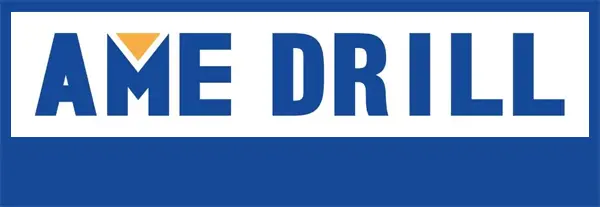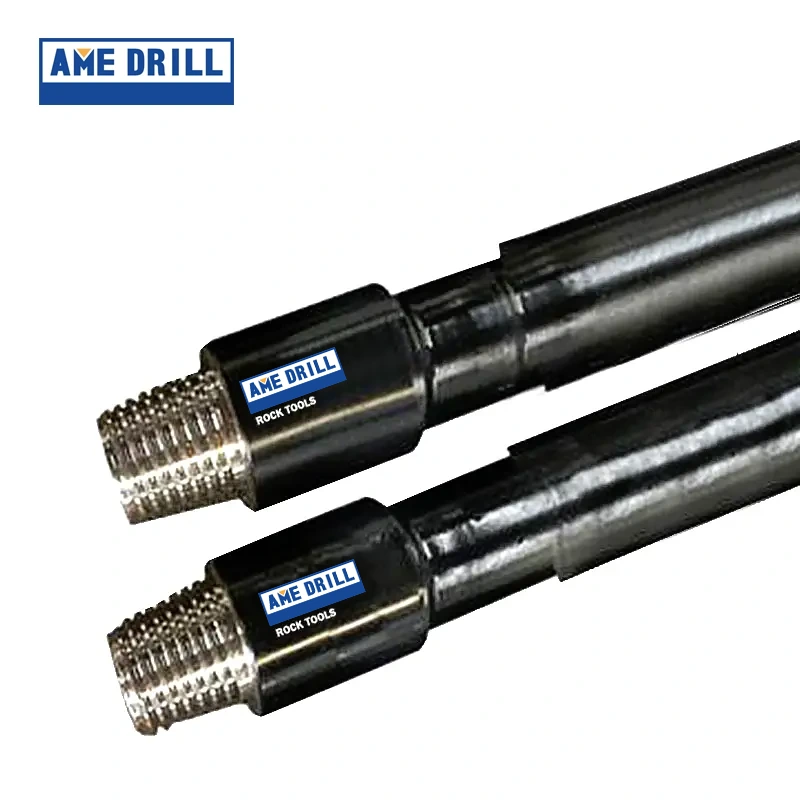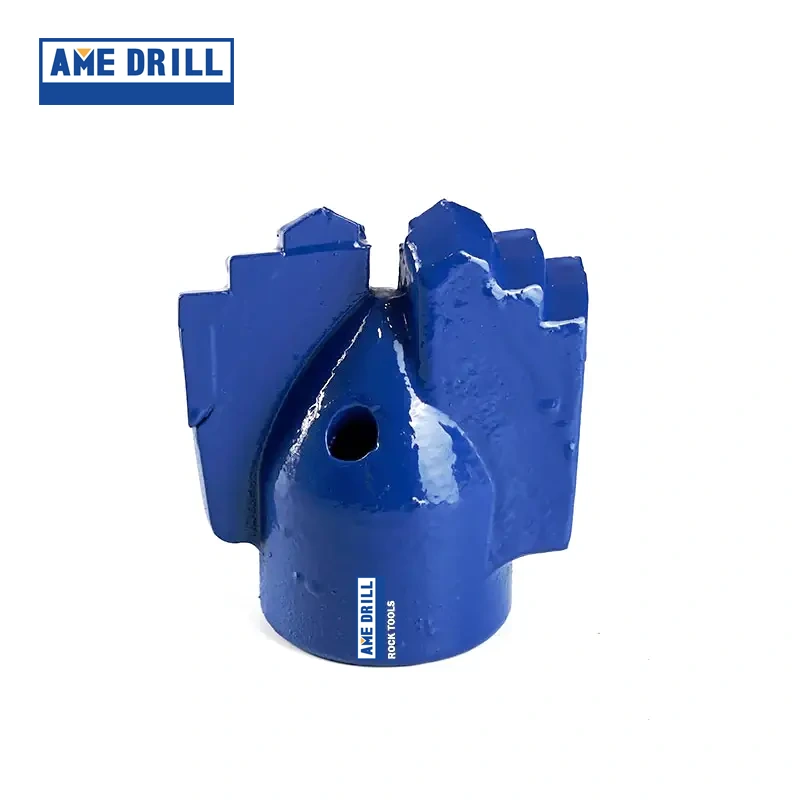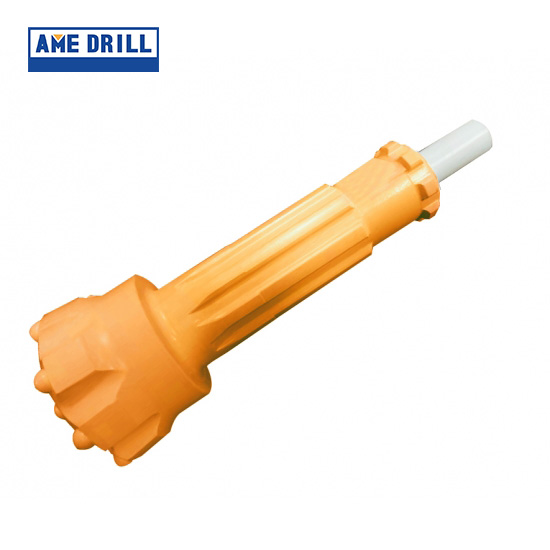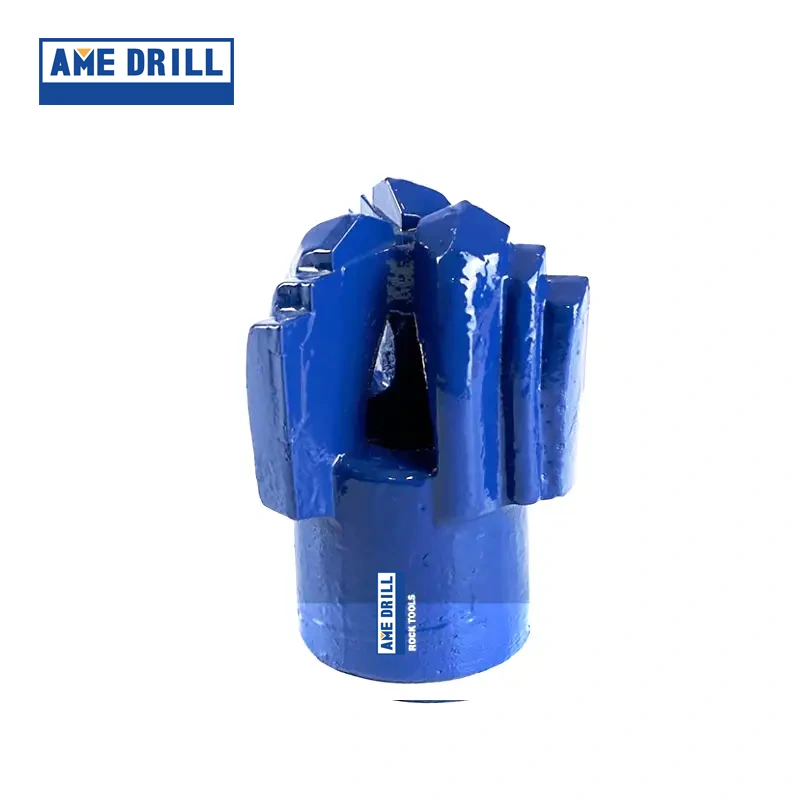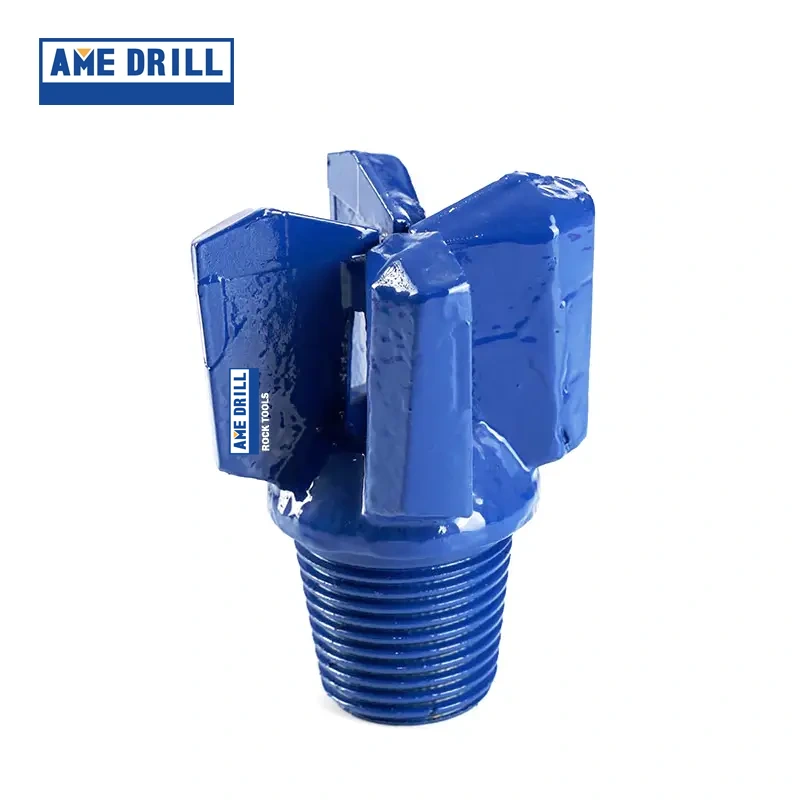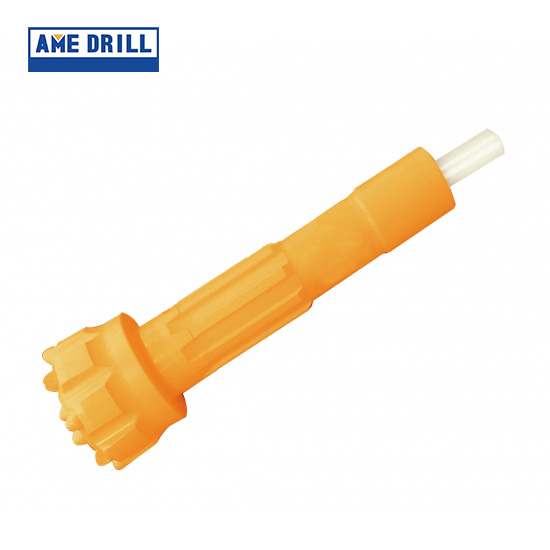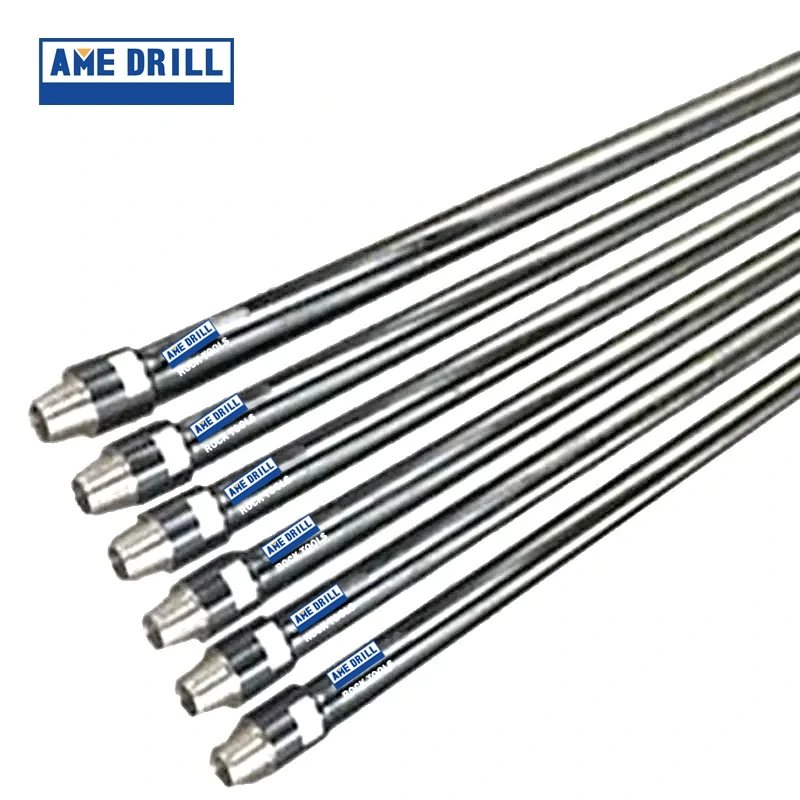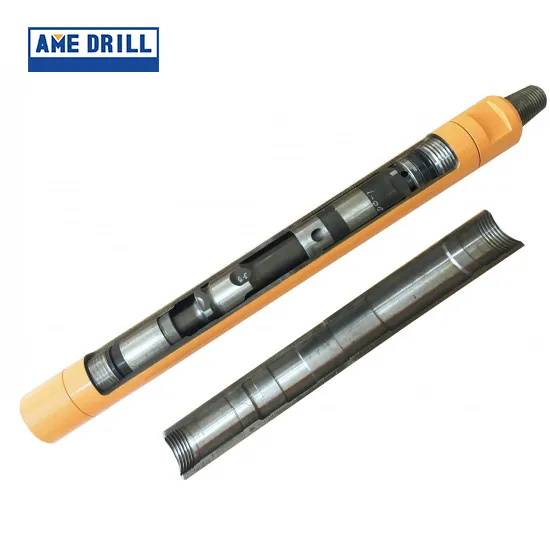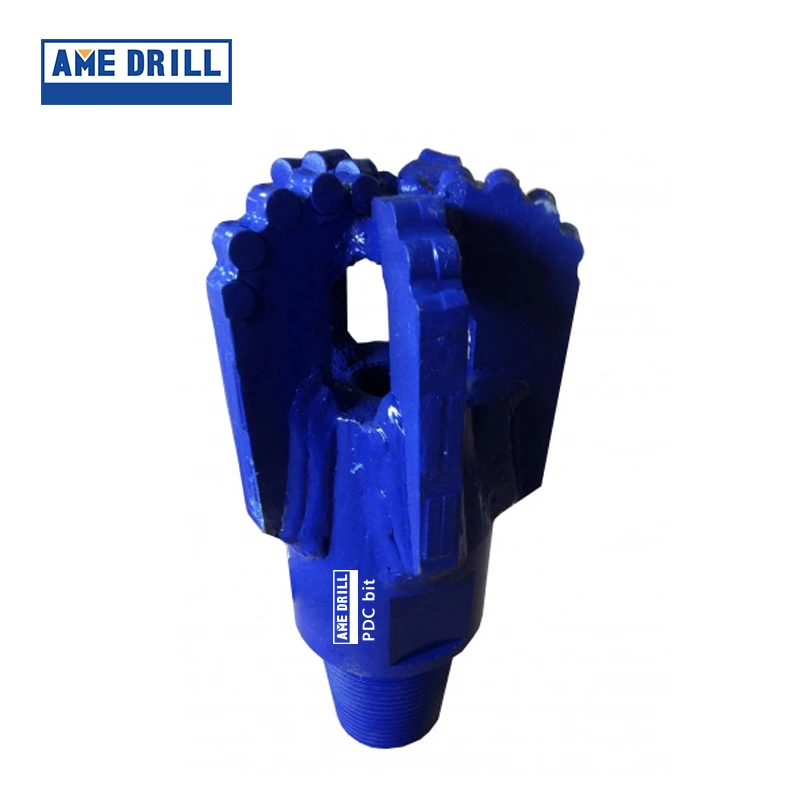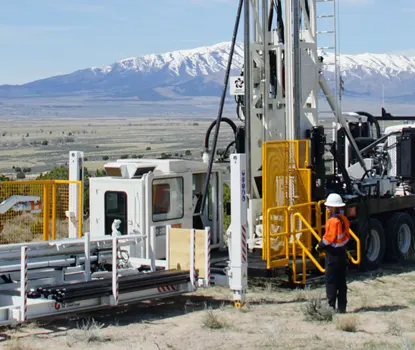Introduction to Rock Hammer Drill Bits
Rock hammer drill bits are specialized cutting tools designed for drilling through some of the toughest materials on earth, including concrete, stone, masonry, and solid rock formations. These bits are engineered to withstand the impact forces y rotational torque generated by hammer drills and rotary hammers, making them essential for construction, mining, and serious DIY projects. Unlike standard drill bits that only rotate, rock hammer bits are designed to handle the pounding action of hammer drills that chip away material while rotating, allowing for efficient penetration of hard surfaces.
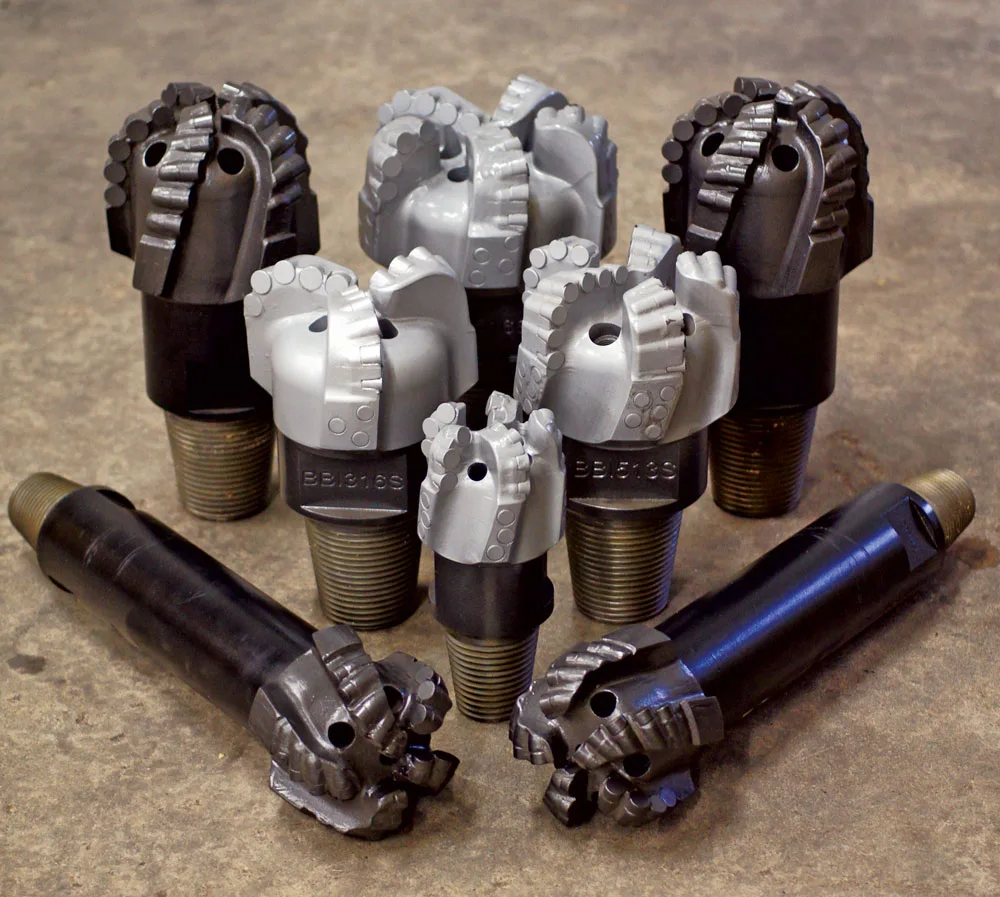
The materials used in manufacturing these bits are crucial to their performance. Most quality rock hammer bits feature carbide tips brazed to hardened steel bodies, providing the perfect balance between hardness for impact resistance and toughness to prevent breaking. The carbide inserts are typically made from carburo de tungsteno, one of the hardest materials available for industrial applications, which maintains its sharpness even under extreme conditions. Some premium bits may also feature specialized coatings such as diamond reinforcement or titanium nitride to enhance durability and reduce friction during drilling operations .
The function of rock hammer drill bits goes beyond simply creating holes. They are designed with specific flute geometries that facilitate efficient retirada de escombros, preventing bit binding and overheating. The tips are strategically shaped to maximize impact energy transfer, whether they feature a simple cross pattern or more complex button designs for specialized applications. Understanding these fundamental aspects of rock hammer drill bits is essential for selecting the right tool for your specific needs and ensuring both safety and efficiency on the job site .
Recommended products
Types of Rock Hammer Drill Bits
Carbide-Tipped Drill Bits
Carbide-tipped drill bits are among the most common types of rock hammer bits, renowned for their exceptional hardness and wear resistance. These bits feature plaquitas de carburo de tungsteno brazed to the tip of a hardened steel shaft, creating a cutting edge that maintains its sharpness much longer than conventional steel bits. The carbide tip is specifically formulated to withstand the abrasive nature of concrete, stone, and masonry, making these bits ideal for general construction applications.
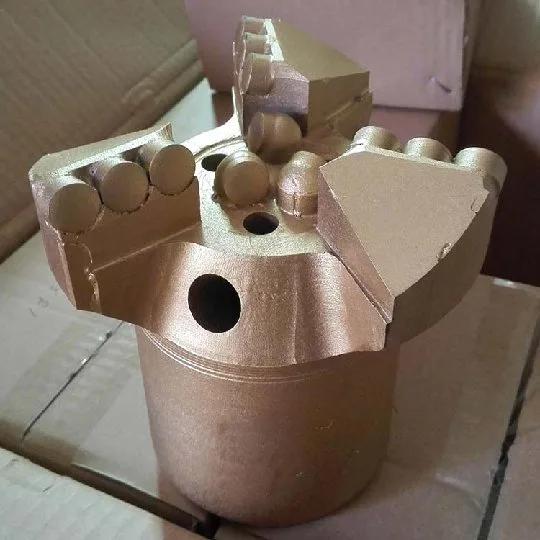
The design of carbide-tipped bits varies depending on their intended application. Some feature a four-cutter design with cross-shaped tips that provide efficient material breakdown, while others may have a single chisel tip for more specialized tasks. The flute design is equally important, with deep spirals that facilitate efficient dust removal, preventing bit binding and overheating during extended use. These bits are available in a wide range of diameters, from small bits for precision work to large-diameter bits for significant construction projects.
Heavy-Duty Drill Bits
Heavy-duty drill bits are engineered for the most demanding applications, including commercial construction, mining, and quarrying operations. These bits are constructed from high-grade alloys and feature reinforced designs that can withstand tremendous impact forces and rotational stresses. Unlike standard carbide-tipped bits, heavy-duty versions often feature button-style carbide inserts that are more massive and securely anchored to withstand extreme conditions.
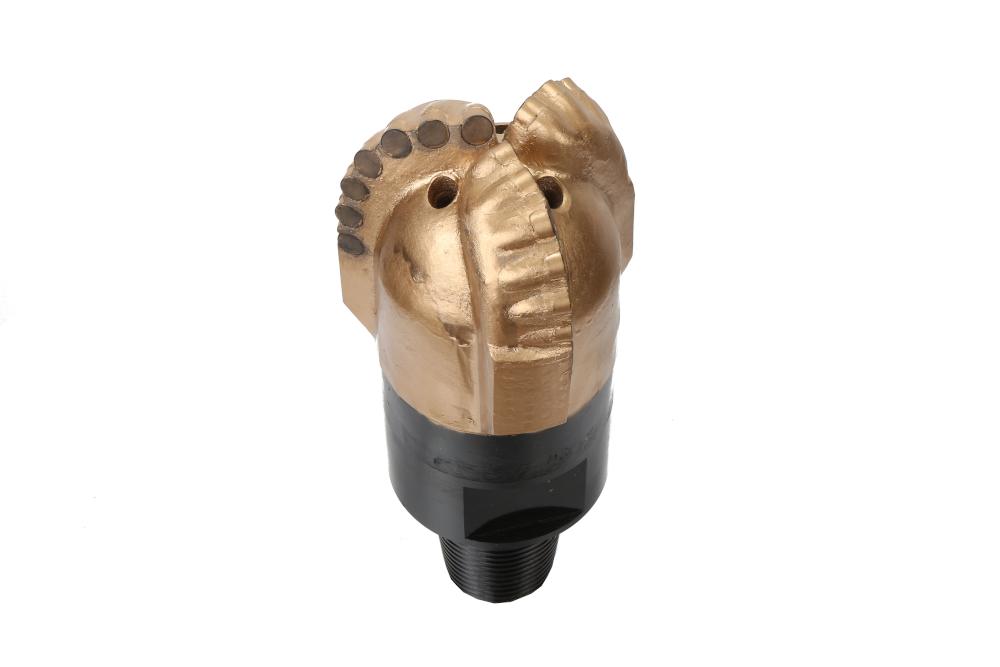
The distinguishing feature of heavy-duty bits is their ability to maintain performance in abrasive environments and through extended use. Mining operations, in particular, require bits that can drill through various rock formations without frequent changes. Manufacturers like Boart Longyear have developed innovative designs like their IMPAKT™ line, which features a patent-pending “Raceway” face profile that eliminates energy-wasting dead zones and improves flushing efficiency by 25%, resulting in an 18% average improvement in penetration rates.
Rotary Drill Bits
Rotary drill bits represent a specialized category designed for specific rock drilling applications, particularly in mining and geothermal drilling. These bits often feature a tapered design with various button configurations optimized for different rock formations. The degree of taper (commonly 7°, 11°, or 12°) affects how the bit engages with the rock and transfers energy from the drill string.
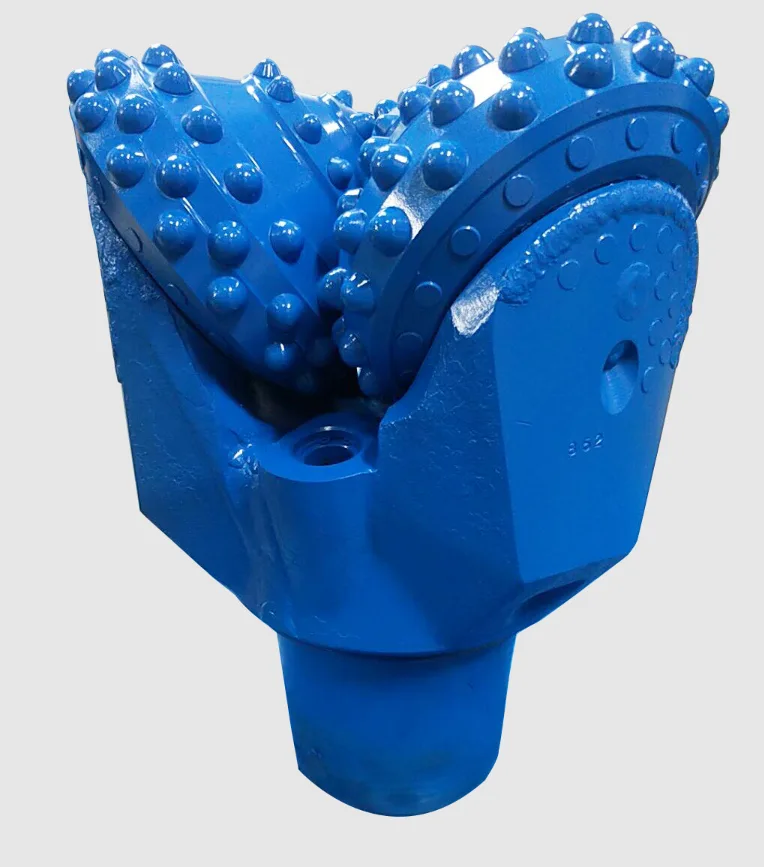
These bits are typically used with specialized equipment like down-the-hole (DTH) hammers that deliver both rotation and percussive force directly behind the bit. For extremely hard rock formations like granite or basalt, DTH systems with specialized rock hammer bits can achieve drilling rates of 40-70 cm per hour, depending on rock strength, air pressure, and carbide insert quality . The button configuration on these bits varies from single-row designs for softer formations to multi-row patterns with carefully arranged carbide buttons for hard, abrasive rock.
Table: Comparison of Rock Hammer Drill Bit Types
| Bit Type | Primary Applications | Características principales | Materiales ideales |
|---|---|---|---|
| Carbide-Tipped | General construction, masonry, DIY projects | Cross or chisel tip design, deep flutes for debris removal | Concrete, brick, soft stone |
| Heavy-Duty | Mining, quarrying, commercial construction | Reinforced design, large button carbide inserts | Hard rock, reinforced concrete |
| Rotary Drill Bits | Mining, geothermal drilling, specialized applications | Tapered design, multiple button configurations | Granite, basalt, extremely hard formations |
Choosing the Right Rock Hammer Drill Bit
Selecting the appropriate rock hammer drill bit for your project requires careful consideration of several factors to ensure optimal performance, safety, and cost-effectiveness. The first consideration should be the material compatibility – different bits are designed for specific materials. For example, bits with cross-cut carbide tips are ideal for general concrete and masonry, while parabolic-shaped carbide buttons are better suited for fractured rock formations.
En size and diameter of the bit must correspond to your specific needs and equipment capabilities. Larger diameter bits require more powerful drills to operate effectively, while smaller bits may not be suitable for heavy-duty applications. It’s also essential to match the shank type to your hammer drill – common systems include SDS-Plus, SDS-Max, and hexagonal shanks, each designed for different power ranges and applications. Using an incompatible shank type can result in poor performance, equipment damage, or safety hazards.
Another crucial factor is the hardness and abrasiveness of the material being drilled. Softer materials like brick and soft concrete can be handled by standard carbide-tipped bits, while harder formations like granite, quartzite, or reinforced concrete require heavy-duty bits with more robust carbide inserts and specialized geometries. For the most challenging applications, such as drilling through highly abrasive rock formations, bits with diamond-enhanced inserts or specialized hard-facing may be necessary to maintain drilling efficiency and bit longevity .
Consider the método de perforación and equipment being used. Different hammer drills generate varying levels of impact energy and frequency, which affects bit selection. High-frequency low-energy drills (typical of smaller hammer drills) work best with bits designed for rapid impact, while high-energy low-frequency drills (like large rotary hammers) require bits with more massive carbide inserts that can withstand greater impact forces. Understanding these nuances ensures optimal performance and prevents premature bit failure.
Rock Drilling Tools and Accessories
Masonry Drill Bits
While often used interchangeably with rock drill bits, brocas para mampostería represent a specific category designed for less demanding applications. These bits typically feature a carbide tip brazed to a steel shaft, but they’re generally lighter in construction than dedicated rock hammer bits. They’re ideal for drilling into brick, concrete blocks, and other masonry materials, but may not withstand the rigors of drilling into solid rock or heavily reinforced concrete.
The distinction between standard masonry bits and heavy-duty rock bits becomes apparent when examining their shank design y carbide quality. Masonry bits often have simple straight shanks or basic SDS configurations, while professional rock bits feature reinforced shanks and higher-grade carbide formulations. For occasional DIY projects involving standard masonry materials, quality masonry bits may suffice, but for professional applications or drilling into solid rock, investing in proper rock hammer bits is essential for performance and safety .
Hammer Drill Accessories
Beyond the bits themselves, various hammer drill accessories enhance functionality and safety. Depth gauges are essential accessories that help achieve consistent hole depths, particularly important when installing anchors or bolts. Dust extraction systems are increasingly important for maintaining a clean work environment and reducing health hazards associated with concrete and rock dust, especially in enclosed spaces .
For specialized applications, bit extensions allow drilling in hard-to-reach areas, while core bits enable drilling large-diameter holes through concrete and stone. Shank adapters can sometimes be used to accommodate different bit types in various drills, though caution must be exercised to ensure compatibility and maintain safety standards. Proper maintenance tools, including bit sharpeners y cleaning brushes, help extend bit life and maintain performance.
Specialized Rock Drilling Tools
Beyond standard hammer drill bits, several specialized rock drilling tools cater to specific applications. Tapered drill rods are used in mining and quarrying applications, connecting the drill bit to the drilling equipment. These rods feature hexagonal designs (common sizes include H22, H25, and H32) and various tapers (7°, 11°, or 12°) to match specific drilling systems and requirements.
For large-scale drilling operations, down-the-hole (DTH) hammer systems provide efficient drilling in hard rock formations. These systems position the hammer mechanism directly behind the bit, delivering more efficient energy transfer than conventional top-hammer systems. DTH systems require specialized bits with internal air channels for efficient cuttings removal and are available in various diameters and button configurations optimized for specific rock formations .
Applications of Rock Hammer Drill Bits
Construction and Masonry
In the construction and masonry sectors, rock hammer drill bits are indispensable tools for a wide range of applications. They’re used for creating holes for anchor bolts, rebar, electrical conduits, plumbing pipes, and various fasteners in concrete structures. The development of SDS-plus and SDS-max systems has revolutionized construction drilling, providing secure bit retention and efficient energy transfer for faster drilling with less operator fatigue .
Different construction applications require specific bit types. For example, drilling into reinforced concrete demands bits with robust carbide tips that can cut through rebar without significant damage. For high-volume drilling tasks, such as installing curtain wall systems or seismic retrofitting, bits with specialized flute designs facilitate faster drilling and better dust control, improving overall job site efficiency and safety .
Mining and Quarrying
En mining and quarrying industries represent the most demanding applications for rock hammer drill bits. In these environments, bits must withstand extremely abrasive conditions and high impact energies while maintaining drilling efficiency. Modern mining operations utilize sophisticated top hammer y down-the-hole hammer systems with specialized bits featuring multiple botones de carburo de tungsteno arranged in optimal patterns for specific rock formations .
Innovations in mining drill bit technology continue to push performance boundaries. For instance, Boart Longyear’s IMPAKT™ bits feature a revolutionary “Raceway” face profile that eliminates the dead zone common in traditional bit designs, improving flushing speeds by 25% and increasing penetration rates by an average of 18%. Such advancements significantly impact operational efficiency in mining applications where drilling represents a substantial portion of operational costs .
DIY Projects
For DIY enthusiasts, rock hammer drill bits enable projects that would otherwise be impossible without professional equipment. Common applications include installing shelves, mounting televisions, building decks, creating outdoor living spaces, and various home improvement tasks involving concrete, brick, or stone. The availability of affordable rental equipment y consumer-grade hammer drills has made these tools accessible to homeowners.
When undertaking DIY projects with rock hammer bits, it’s crucial to match the bit to both the material and the tool being used. Consumer-grade hammer drills typically have lower impact energy than professional models, requiring bits designed for these specific parameters. Understanding limitations and selecting appropriate safety equipment, including eye protection, hearing protection, and dust masks, is essential for successful and safe DIY projects involving rock drilling .
Maintenance and Care for Rock Hammer Drill Bits
Cleaning and Storage
Proper cleaning and storage practices significantly extend the life of rock hammer drill bits. After each use, bits should be thoroughly cleaned to remove dust, debris, and moisture that can accelerate wear or cause corrosion. A wire brush effectively removes concrete particles from flutes, while compressed air can clear debris from deeper grooves. Occasionally, washing bits with water and mild detergent helps remove stubborn residue, but they must be completely dried afterward to prevent rust.
Storage conditions greatly impact bit longevity. Bits should be stored in organized cases or racks that prevent contact between cutting edges, which can dull the carbide tips. Environment-controlled storage areas minimize exposure to moisture that causes corrosion. For professional operations ,implementing a systematic storage system with labeled locations for each bit size and type reduces loss and damage while improving job efficiency.
Tips for Longevity
Maximizing the service life of rock hammer drill bits requires proper usage and maintenance practices. Sharpening bits periodically maintains their cutting efficiency – specialized sharpening tools are available for various bit types, though button bits typically require professional sharpening services. Avoiding excessive heat buildup during drilling is crucial, as overheating can damage the brazing that holds carbide tips in place.
Using appropriate drilling techniques significantly impacts bit life. Maintaining consistent pressure without forcing the bit prevents unnecessary stress on both the bit and equipment. Allowing the bit to do the work without applying excessive side pressure prevents premature wear and potential breakage. For deep holes, periodically withdrawing the bit to clear debris prevents binding and reduces heat buildup. Following manufacturer recommendations for operating parameters, including speed, pressure, and cooling, ensures optimal performance and longevity.
Regular inspection for damage is crucial for safety and performance. Bits should be examined for signs of wear, cracked carbide tips, damaged shanks, or other issues that could compromise performance or safety. Establishing a replacement schedule based on documented usage hours or performance metrics helps prevent unexpected failures on job sites. Implementing a tracking system for bit usage and maintenance history enables proactive replacement before failures occur.
Conclusion: Maximizing the Use of Rock Hammer Drill Bits
Rock hammer drill bits represent sophisticated tools engineered for specific applications across construction, mining, and DIY sectors. Understanding the different types available, their appropriate applications, and proper selection criteria ensures optimal performance, cost-effectiveness, and safety. The continuous innovation in bit design, materials, and manufacturing processes continues to push the boundaries of what’s possible in rock drilling technology .
Proper maintenance practices y operating techniques significantly impact bit performance and longevity. Implementing systematic cleaning, storage, and inspection procedures extends service life while maintaining drilling efficiency. Matching bits to specific applications and equipment capabilities prevents unnecessary wear and ensures satisfactory results. As technology advances, we can expect further innovations in carbide formulations, bit geometriesy coating technologies that will continue improving drilling efficiency across various industries .
Whether you’re a professional contractor working on major construction projects, a miner extracting valuable resources, or a DIY enthusiast tackling home improvement projects, understanding and properly utilizing rock hammer drill bits is essential for success. Ame Drill tidy by applying the knowledge contained in this guide, you can select the right bits for your applications, use them effectively and safely, and maintain them properly to maximize their value and performance throughout their service life.
